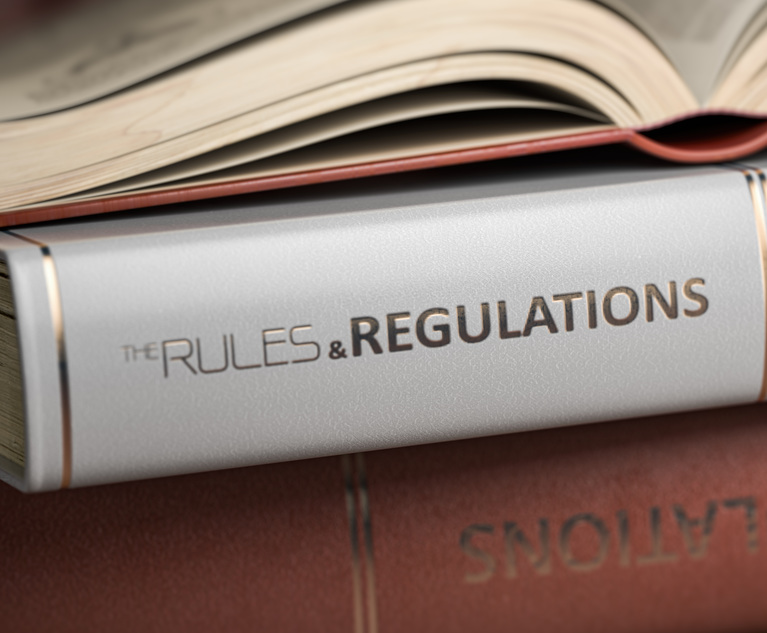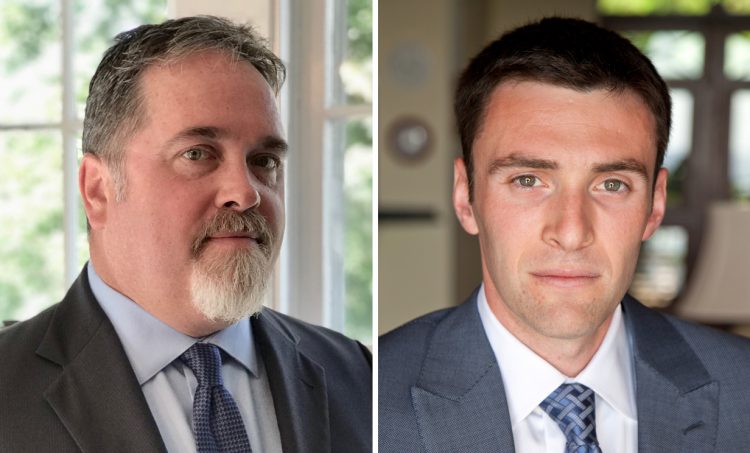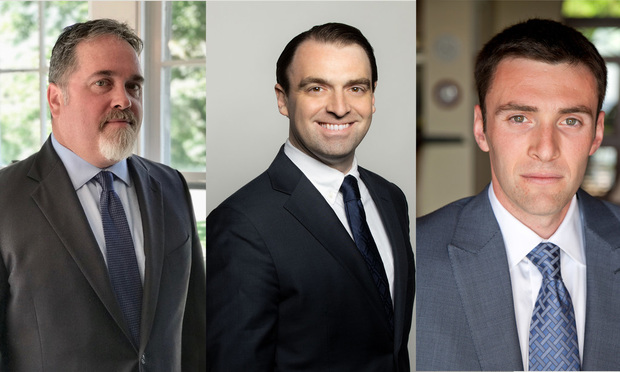Timothy R Capowski

March 31, 2023 | New York Law Journal
Debunking the Myth of Differing Bifurcation Rules Among the DepartmentsThe actual rule is that set out in 22 NYCRR Section 202.42(a), which instructs that, "judges are encouraged to order a bifurcated trial of the issues of liability and damages in any action for personal injury where it appears that bifurcation may assist in a clarification or simplification of issues and a fair and more expeditious resolution of the action." Thus, bifurcation is the rule nowhere but is the highly encouraged policy everywhere—even in the First Department.
By Christopher R. Theobalt and Timothy R. Capowski
6 minute read

December 29, 2022 | New York Law Journal
Hoylman, Half-Truths and the Grieving Families ActThe Grieving Families Act isn't being opposed by hospitals, insurance carriers, and other interests because they are mustache-twirling supervillains trying to kill the poor. It's getting opposition because there's a real chance it will create an unsustainable cost spiral at the highest pain points— hospitals and health care—which, famously, already cost far too much, particularly for the uninsured.
By Timothy R. Capowski and John (Jack) F. Watkins
6 minute read

March 04, 2022 | New York Law Journal
The Snake Attack Phenomenon: The Courts Must Stop Overlooking and Facilitating the Continued Poisoning of Our Jury SystemThis boundary-pushing has an erosive and corrosive effect.
By Timothy R. Capowski, John F. Watkins and Sofya Uvaydov
27 minute read

November 13, 2020 | New York Law Journal
The Punitive 'Failure To Take Responsibility' Trope Must Be Entirely Policed Out of Tort Actions for Compensatory DamagesIn this article the author's focus on the most insidious and all-too-prevalent improper summation trope: the plaintiff's attack based on the defendant's purported "failure to take responsibility."
By Timothy R. Capowski, Jonathan P. Shaub, Joseph J. Belgane and Jennifer A. Graw
13 minute read

October 19, 2020 | New York Law Journal
The Bar's Most Common Repeated Mistakes in Applying CPLR 5501(c)Timothy Capowski, Jonathan Shaub and Jennifer Graw write: "The largest impediment to accurately valuing cases arises from the myth that the Appellate Division is endorsing larger and larger awards, thereby signaling an abandonment of anything but lip-service to CPLR 5501(c). There is no such trend."
By Timothy R. Capowski, Jonathan P. Shaub and Jennifer Graw
16 minute read

September 28, 2020 | New York Law Journal
When a Pattern Jury Instruction Contrary to New York Law Arrogates the LawPJI 2:320 Versus the Court of Appeals' Seminal Decision in 'McDougald v. Garber'
By Timothy R. Capowski and Jonathan P. Shaub
13 minute read

September 21, 2020 | New York Law Journal
When Dicta Runs Amok: Untangling PJI 2:320Imagine a common scenario: A wrongful death case where the decedent leaves behind a spouse, two children, and a third adult child from a prior marriage…
By Timothy R. Capowski and Sofya Uvaydov
8 minute read

July 27, 2020 | New York Law Journal
Ahead to the Past (Part III of III): The Evolution of New Rules of Engagement in the Age of Social Inflation and Nuclear VerdictsThe first two parts of this series discussed the role of certain tactics and improper summation techniques and what the defense bar and the judiciary can and should do to curb these abuses and restore sane, predictable, compensatory justice to the tort system. This third and last part turns outside the courtroom itself to the broader culture that enables these abuses.
By Timothy R. Capowski, John F. Watkins, and Jonathan P. Shaub
13 minute read

July 13, 2020 | New York Law Journal
Ahead to the Past: The Evolution of New Rules of Engagement in the Age of Social Inflation and Nuclear VerdictsPart one in a three-part series discussing the different angles of the nuclear verdict/social inflation dilemma in New York.
By Timothy R. Capowski, John F. Watkins, and Jonathan P. Shaub.
17 minute read

April 28, 2020 | New York Law Journal
Improper Summation Anchoring Is Turning the New York Court System on Its Head and Contributing to the Demise of New York StateThe problem is clear, the consequences are acute, but the solution is simple. The courts must act today to protect New York from the upward spiral of pain and suffering awards by putting an end to improper anchoring before it causes further damage.
By Timothy R. Capowski and Jonathan P. Shaub
14 minute read
Trending Stories
- 1No Two Wildfires Alike: Lawyers Take Different Legal Strategies in California
- 2Poop-Themed Dog Toy OK as Parody, but Still Tarnished Jack Daniel’s Brand, Court Says
- 3Meet the New President of NY's Association of Trial Court Jurists
- 4Lawyers' Phones Are Ringing: What Should Employers Do If ICE Raids Their Business?
- 5Freshfields Hires Ex-SEC Corporate Finance Director in Silicon Valley



